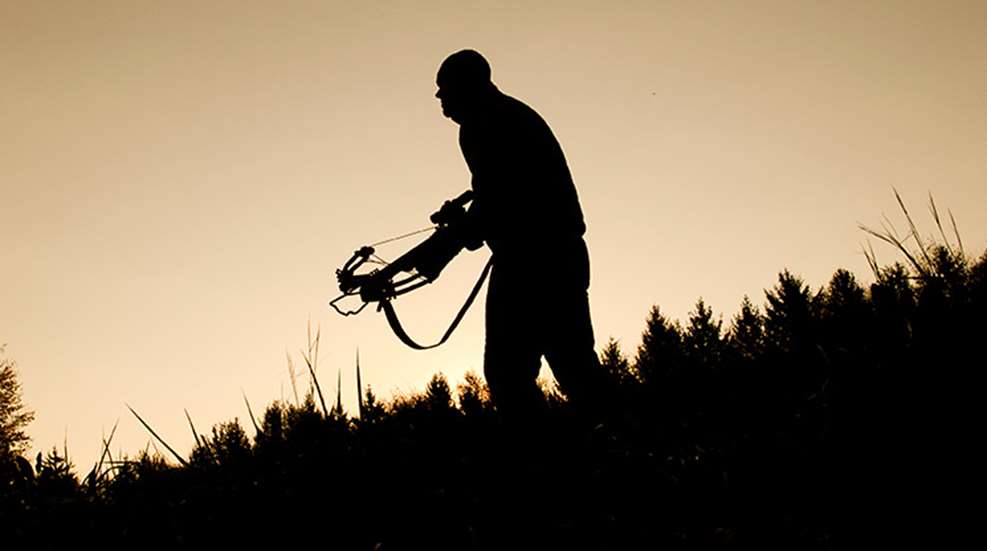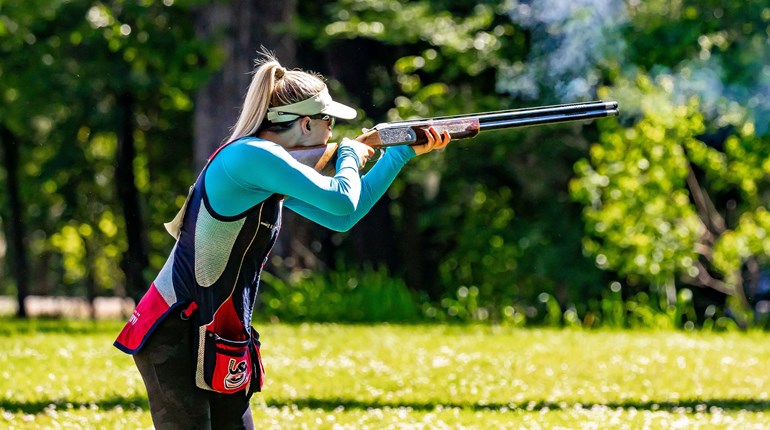
With bowhunters in 25 states now choosing whether to use a compound bow or crossbow during archery deer seasons, one thing grows increasingly clear: No matter how hard they try, crossbows will never grow up to be firearms.
To be clear: Yes, they’ll match or slightly exceed compound bows as the archer’s tool of choice. Yes, they’ll match or slightly exceed the compound bow’s harvest numbers. And yes, they’ll match or slightly exceed the compound bow’s success rates on deer.
But no, they’ll never get within bow range of firearms as a wildlife-management tool for controlling and maintaining whitetail populations. Why? Because crossbows will remain archery equipment, no matter which definitions we apply and which assumptions we test.
Nearly 16 years into North America’s crossbow renaissance, researchers keep finding more similarities than differences between compounds and crossbows when analyzing archery’s deer-harvest data. To find differences, you must compare the crossbow’s performance to firearms.
First, though, let’s review the crossbow’s status in North America’s big-game bowhunting seasons:
• Twenty-five states and five Canadian provinces allow crossbows during their big-game archery seasons; three states allow them for part of archery season; five states allow them for older hunters; two allow them for the physically challenged; and one (Florida) allows them on private lands.
• One state, Oregon, bans them for hunting, as do four provinces: the Yukon, Newfoundland, New Brunswick and Prince Edward Island.
• As recently as 2001, only three states—Ohio, Arkansas and Wyoming—and one province, Ontario, allowed crossbows.
• A 2015 study by Responsive Management for the Archery Trade Association estimated the U.S. bowhunting population at 11.5 million people, some of whom don’t participate every year. Of that number, 68 percent use compounds exclusively; 10 percent use crossbows exclusively; 9 percent use compounds and crossbows; 3.2 percent use recurves exclusively; 3.5 percent use compounds and recurves; 2 percent use crossbows and recurves; and 2.1 percent use all three.
Next, let’s recap the five anti-crossbow assumptions that long kept this ancient bow from archery deer seasons, but collapsed quickly as Georgia, Alabama, Virginia and Tennessee adopted their use from 2002 to 2005. To review:
• Deer populations will collapse.
• Success rates will soar.
• Crossbows will encourage poaching and attract unethical bowhunters.
• Crossbows will overcrowd the woods.
• As deer herds decline archery seasons will shorten.
Matt Knox, Virginia’s longtime statewide deer project coordinator, said 11 years of experience obliterate those dire predictions. “One thing that’s conclusive is that crossbows do not increase the deer kill total,” Knox said. “They just readjust the kill’s composition. They take about 6 percent of our total deer kill, and regular bows take about 7 percent. Firearms take the rest.”
Knox also notes that although archers buy 33 percent of Virginia’s deer hunting licenses, they account for about 13 percent of the statewide deer kill.
Elsewhere, Wisconsin opened its nearly four-month-long archery season to crossbows in 2014. The crossbow’s impact on the Badger State’s deer kills resembles those reported by states already open to crossbows. In 2014, crossbows delivered 9 percent of the state’s deer kill, while regular bows took 18 percent, and firearms 73 percent. In 2015, it was 11 percent with crossbows, 17 percent with regular bows and 72 percent with firearms.
Further, in the two years since the crossbow’s inclusion in Wisconsin’s archery season, the combined kill with crossbows and regular bows didn’t match the kill in each of the previous three years: 2015, 87,098; 2014, 81,701; 2013, 87,268; 2012, 94,267; 2011, 90,200.
What about success rates? “I assumed crossbows would have a higher success rate than regular bows, but our data remain inconclusive on that,” Knox said of Virginia’s experience.
Wisconsin, meanwhile, reports crossbow success rates nearly identical to compound bows. Crossbow hunters had 25 and 26 percent success rates in 2014 and 2015, respectively, while regular-bow users had 25 percent success rates both years.
Michigan first allowed crossbows during archery season in 2009. Crossbow success rates rose from 36.4 percent in 2009 to 38.6 percent in 2011, but then declined to 30.4 percent by 2014. Michigan hasn’t yet analyzed its 2015 data. However, as archers increasingly chose crossbows in Michigan, their contribution to the overall archery kill climbed from 21 percent in 2009 to 54 percent in 2014.
What about overcrowding and attracting a lower class of bowhunters? There’s no doubt crossbows spurred archery-license sales, but the only change in “quality” is the crossbow’s appeal to hunters 45 and older.
Likewise, when Wisconsin opened to crossbows two years ago it immediately saw a surge in older bowhunters. “Our first year of license data suggests crossbows might add 10 to 12 years onto the average bowhunter’s career,” said Brian Dhuey, a veteran researcher at the Wisconsin Department of Natural Resources. Dhuey said the mean age for crossbow hunters was 52, while the mean age for regular bowhunters was 38. However, 71 percent of first-time hunters buying a crossbow license were not yet 18, indicating crossbows can be a bridge to archery participation.
States also report boosts in archery license sales, thanks to crossbows. Wisconsin set consecutive records the past two years, with total archery license sales jumping from 266,380 in 2013 before crossbows were allowed, to 322,978 in 2014 (21 percent up) and 339,604 in 2015—27 percent higher than the state’s pre-crossbow sales record of 266,435 in 2008.
Crossbows do, however, become increasingly popular among bowhunters after states open to them. C.J. Winand, a biologist with the U.S. Army Corps of Engineers in Maryland, keeps perhaps the country’s most comprehensive data on crossbow usage. He finds that within seven years of crossbows being legalized in a state, roughly 51 percent of bowhunters choose them. Many, however, shoot both, choosing compound bows during early seasons and crossbows for the late season.
Michigan, for example, saw crossbow use steadily rise from 19 percent of archers in 2009 to 54.5 percent in 2014. And in its first two years in Wisconsin, 34 percent of archers used crossbows in 2014 and 38 percent used them in 2015. The reasons for those shifts and/or increases aren’t yet clear, but likely correspond to a hunting population that’s growing steadily older.
And what about concerns that crossbows will decrease archery season’s lengths? It simply hasn’t happened. Wisconsin actually increased the length of its archery season when adding crossbows. After all, as states analyze the crossbow’s impact on hunting and deer management, they find no reason to reduce hunting opportunities.
“Crossbows are not the evil, end-of-the-world weapons that some archers tell you they are,” Knox said. “I think they represent a positive change to deer hunting in Virginia.”





































